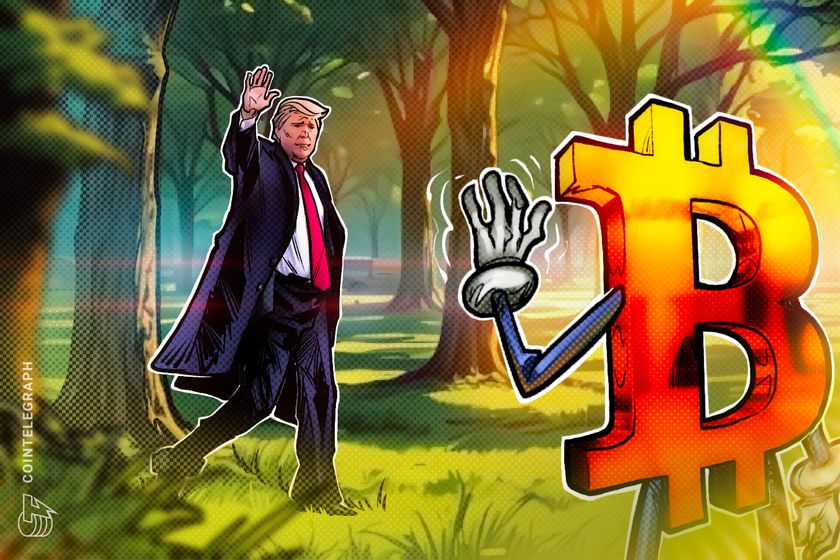In Europe, the environmental footprint of banknotes is minuscule compared to crypto’s, but crypto has its own advantages.
News
The European Central Bank (ECB) has taken a look at the environmental impact of using banknotes and discovered 16 environmental impact categories. As with cryptocurrency, energy efficiency was a major issue.
Banknotes continue to be the most common form of payment at points of sale in the eurozone. The use of cash requires an elaborate physical infrastructure for production, distribution, and eventual retirement.
Some of the initial components of banknote production that have an environmental impact. Source: ECB
Energy use by ATMs was the biggest contributor to banknotes’ environmental footprint at 37%, followed by transportation (35%). The remainder was processing, paper manufacturing, authentication and many other steps. The ECB began efforts to reduce the environmental impact of banknotes in 2004. According to the ECB report:
Using European Commission Product Environmental Footprint (PEF) methodology, the study concluded that cash usage by every citizen in the eurozone annually averaged 101 micropoints, comparable to driving a car 8 kilometers (4.6 miles). The total average impact of a citizen of the European Union was just over 1 million micropoints, equivalent to driving a car around the Earth twice. Those calculations were based on information for 2019.
Related: Nic Carter, other pro-Bitcoiners fight climate impact narrative in new paper
Those statistics compare favorably with Bitcoin mining, whose impact researchers have managed to quantify in terms of millions of swimming pools full of water. However, crypto mining is becoming more efficient, and the potential for crypto mining to mitigate its environmental impact is growing rapidly.
Did you know the environmental impact of using euro banknotes is very low?
Our study reveals that a person’s yearly payments using euro banknotes has the same impact as driving 8 km by car.
Find out more https://t.co/FuSUNpAKGN pic.twitter.com/YDmBnl4S4x
Also, crypto miners can have certain unique advantages if they pursue them. Mining facilities can be easily installed on fossil fuel production sites to use production byproducts. Crypto miners have even been set up at landfills to siphon off methane, and miners can stabilize energy grids.
Magazine: Green consumers want supply chain transparency via blockchain




